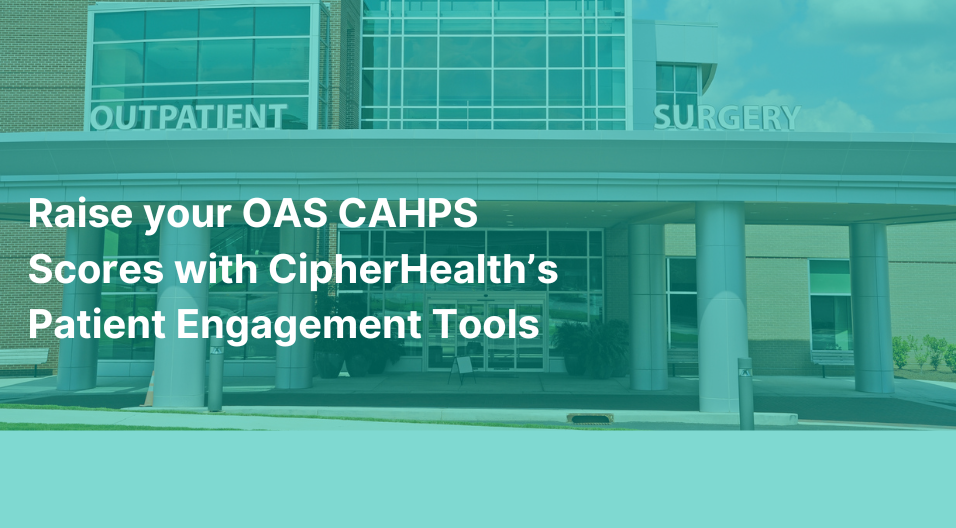In this series, we explore the concept of Patient Experience as an outcome measure and Patient Engagement as the Strategy that healthcare organizations and providers take to positively impact the Patient Experience. In this article, we explore how healthcare providers can go beyond the acute episode with preventive outreach to further enhance the patient experience.
Throughout this series we have showcased how patient engagement can significantly impact patient experiences inside the hospital, during the care transition process, and post-discharge. While these aspects of an acute episode are extremely important, there are many ways in which patient engagement can impact the patient experience outside of a planned or unplanned hospital stay.
The American healthcare industry is steadily moving towards a value-driven system where incentives will prioritize quality of care over the volume of it. As this shift occurs, there are many ways that providers can leverage patient engagement strategies to achieve quadruple aim goal. In addition to improving patient outcomes, engagement outside of acute care episodes can enhance patient loyalty and even prevent leakage.
Engaging Patients Through Population Health Strategies
Population Health is one way in which providers are seeking opportunities to prevent adverse events and achieve more value-driven care. Identifying strategies that engage populations in their care is the first of many steps providers can take to enhance the health of their communities. One of the biggest challenges, however, is finding the resources capable of engaging populations in a cost-effective way.
When patients are not in the hospital or anticipating an upcoming visit, it is significantly more difficult to engage them in their care. To increase the odds of connecting with patients and encouraging them to take the right action to improve their health, providers need to send timely and relevant communications. The last thing that you want to do is communicate too late or discourage engagement by sending the wrong information.
One strategy that is both cost-effective and relevant is to use automated outreach to provide preventive education and reminders. By utilizing automation technologies that integrate with HIEs or EMRs, providers can identify patients eligible for outreach and then deploy calls, emails, or texts that engage patients in their health.
Population Health in Action: UCSF Health Leverages Preventive Outreach to Increase Flu Vaccinations
UCSF Health has a strategic vision that prioritizes value-driven care and payments. As a part of this strategic vision, UCSF Health has created an Office of Population Health and Accountable Care (OPHAC) that is designed to find ways of improving the overall health of their community.
Given how severe the flu has been these last few years, it is no surprise that there are many programs and quality incentives aligned with increasing vaccination rates. UCSF Health and the OPHAC team sought to find ways of increase vaccination rates, especially among their elderly primary care population. To achieve this increase, the team implemented CipherOutreach for Flu Vaccination Education. With the automated outreach program, patients were reminded the importance of getting their flu vaccine and could also notify the UCSF team is they needed any assistance in the process.
Additionally, if a patient had already been vaccinated, they could indicate when it occurred so that their records could be accurately updated. This program led to a 38% increase in flu vaccinations in its first year and continues to keep the health system’s community healthier.
By proactively engaging patients in their care, the health system is improving their experience and relationship with the community. Not to mention, because of their population health and preventive programs, the health system is consistently improving the outcomes for their patients. It is clear that the patient experience extends beyond the four walls of the hospital and can be measured as more than HCAHPS scores. With population health engagement programs, providers are best positioned to improve patient satisfaction throughout their entire care lifecycle.
I hope you have enjoyed this series and understand how patient engagement impacts the patient experience and identified strategies that will help you achieve your goals. If you would like to learn more about any of the programs discussed in these articles, please reach out to us.








